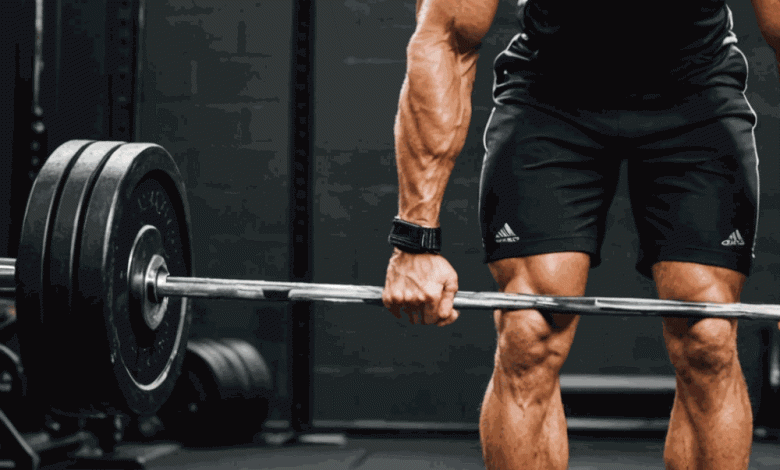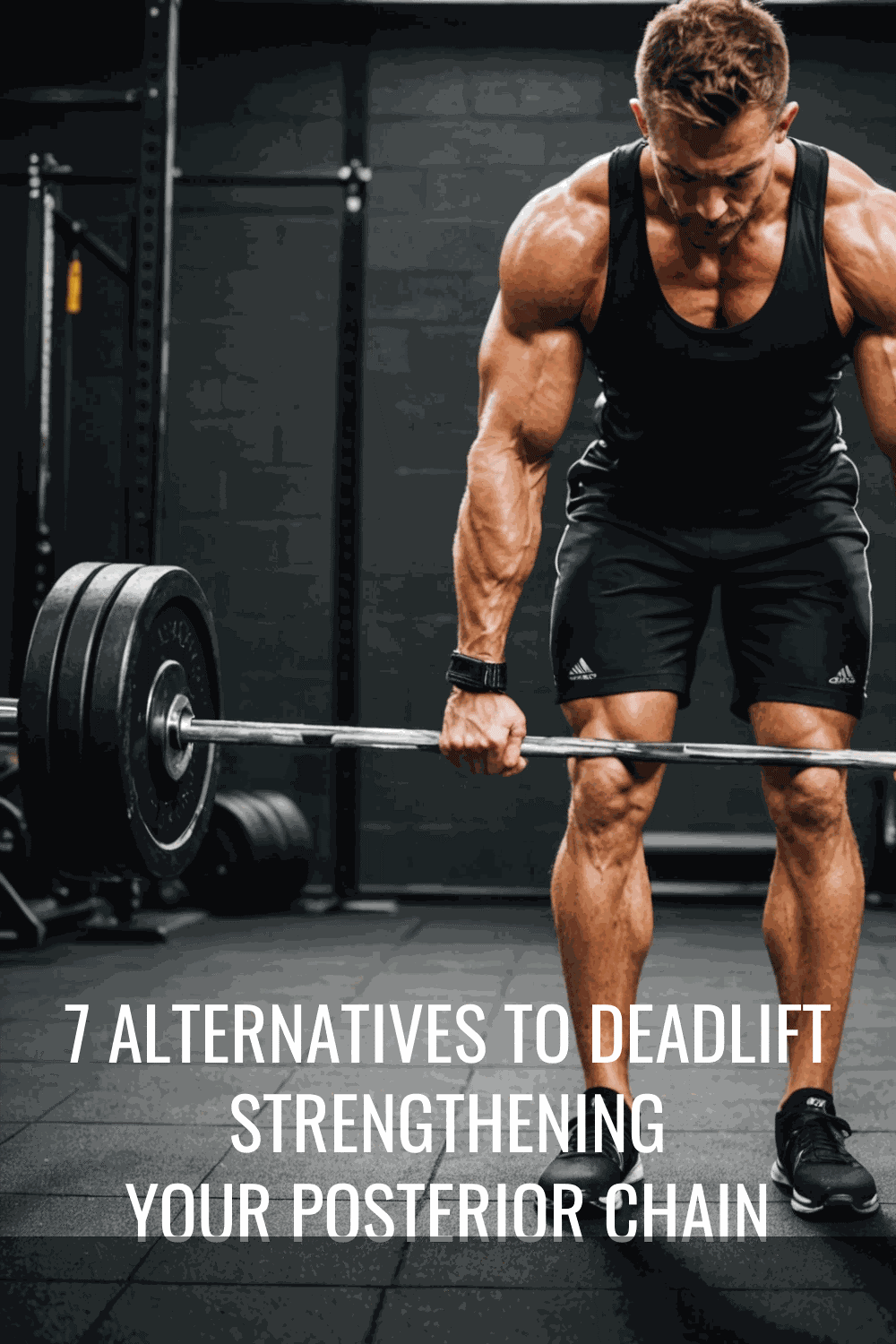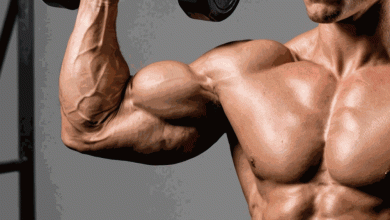7 Alternatives to Deadlift: Strengthening Your Posterior Chain

So previously we were talking about deadlifting whereas today we’re going through alternatives to the deadlift but where you can still hit that posterior chain and still get the most out of it without actually having to do the deadlift itself. This might be because you’ve got an injury or you’re trying to rehab in a certain area or you just get pain or niggles when you do the deadlift. It might be a case you’re just looking for something different.
1. Bridging: Variations and Progressions
Number one is bridging. We’re cheating a little bit here because we are going to give a ton of different variations of bridging that you can do. Just have a go, see what you like, see what works best for you. We’ve got progressions and regressions of all different ones so you’ll find one that will suit you.
2. Machine Hip Thruster: Targeting Glutes and Hamstrings
One variation is the machine hip thruster. So with this, you will need the machine in the gym. But don’t worry, we’ve got loads of other alternatives if you haven’t got this. What you want to be doing is really forcing the hips forward but making sure it’s all about the glute contraction as you’re coming up to do it. You also want to be feeling this in the hamstrings as well. And this isn’t just applying to the machine one, this is going to apply to all the variations that we’re going to show you. If you’re in a gym but you don’t have one of those machines, you can use a barbell instead. With this, you can load up the weights as much as you want to increase the difficulty.
3. Alternative Equipment for Bridging: Swiss Ball, TRX, Suspension Trainer
Alternative equipment you can use in the gym as well includes things like a swiss ball. You can use a TRX or a suspension trainer. And you can make these harder by doing a single leg as well. And if you have no equipment at all then you can just do normal bridging on the floor. And you can make this harder by lifting your toes off the floor, so you push in just through the heels. And again, you can do this just with a single leg. And this might look quite easy but 15 reps on a single leg done properly with good form, you will definitely feel that.
4. Barbell Bridging: Increasing Difficulty and Weight
If you’re in a gym and don’t have a machine or alternative equipment, you can use a barbell for bridging. You can load up the weights as much as you want to increase the difficulty. This will still target your glutes and hamstrings effectively.
5. Kettlebell Swing: Explosive Movement for the Posterior Chain
Kettlebell swing is a great alternative that targets your posterior chain. You will need a kettlebell for this exercise. The movement involves a hip hinge, where your hips go backward, and then it’s the glute contraction going forward that brings the momentum of the kettlebell up. It’s important to use a lighter weight compared to what you use for the deadlift, but it’s still a very effective exercise for strengthening your posterior chain.
6. Hyper Extensions: Focusing on Lower Back, Hamstrings, and Glutes
Hyper extensions are a great alternative exercise. You will need a machine for this one. You can focus this one more on the lower back, hamstrings, or glutes, depending on where you focus it and what you’re working that contraction on. You can lift the body up using the lower back or work to contract the glutes and the hamstrings to perform the same movement. Try the variation to feel the difference depending on what you wanted to work on most. You can make this harder by adding weight. You can do that holding at the front or with a barbell on the back. And then you can build this up with even heavier weights to increase that difficulty.
7. Reverse Hyper Extension: Alternatives to Traditional Machines
Reverse hyper extensions were originally made up by a guy called Louis Simmons of Westside Barbell who’d hurt his back deadlifting and wanted a way to still effectively work the posterior chain during his recovery. Unfortunately, the machines are really hard to come by in gyms and not widely available. But we have some alternatives that you can try instead with just some simple equipment in a gym. One of these will involve a swiss ball. It’s not quite as good because you can’t get as good range, but it’s still really effective at targeting the same muscle group. Another alternative is using a weights bench. This needs to be sturdy so it doesn’t tip up. And if this is too hard, then just do a single leg at a time.
8. Single Leg Romanian Deadlift (RDL): Stability and Rehab Work
A single-leg Romanian deadlift or a single-leg RDL is a great alternative exercise for stability and rehab work. The general movement will require a neutral spine with a chest up. This can be made easier with lifting the back leg higher. The leg being worked is the one on the floor. Again, look to contract the glutes to bring the body up. Work to keep the hips level rather than rotating and escaping. To make it easier, you can add weight, which will be a lot lighter than the standard RDL. You can also put a single weight on the opposite hand if you want to incorporate more glute work.
9. Nordics: Hamstring Exercise for Injury Prevention
Nordics are a great exercise for the hamstrings and shown to be one of the best for preventing hamstring injuries. You can use a machine, but if it’s not available, you can use a mat. You really want to be working on the eccentric portion of this one, the lowering phase. And to get the most benefit, contract your glutes and keep your hips forward. Don’t bend at the hips to escape and make it easier. Hold it for as long as you can as you lower, then push yourself back up to the starting position. To make it harder, don’t push up as hard, so you have to work even harder with the hamstrings to finish the movement. For an advanced variation, try the razor curl.
10. Superman’s and Bird Dogs: Building into Harder Exercises
Superman’s and bird dogs are easier exercises that you can use as a progression towards harder exercises we’ve shown today or as a way to build into the deadlift. Starting with a superman or bird dog, you start on your hands and knees and then straighten the opposite arm and leg at the same time. Pause and return, then complete on the other side. Another variation of this is swimming, where you’re flat on the floor. Again, raise the opposite arm and leg and then swap over. All of these are great ways to strengthen the posterior chain, whether you’re rehabbing from low back pain or complementing your deadlift training or just looking for nice variations to hit the same muscle groups in a slightly different way.
11. Swimming Variation: Strengthening the Posterior Chain
The swimming variation is another great way to strengthen the posterior chain. This involves lying flat on the floor and raising the opposite arm and leg, then swapping over. This exercise targets the same muscle groups as the other alternatives we’ve mentioned.
12. Using These Exercises for Rehabilitation
All of these exercises are ideal for rehabilitation purposes. They offer alternatives to deadlifting and variations that can help you work on specific muscle groups or overcome injuries. You can mix and match these exercises based on your needs and preferences.
13. Complementing the Deadlift with Alternative Exercises
These alternative exercises are also great for complementing your deadlift training. Whether you want to change your routine or avoid strains and pains associated with deadlifting, these exercises target the same muscle groups and help you build strength and stability.
Summary and Next Steps
So there you have it, seven alternatives to the deadlift that will still target your posterior chain and give you an effective workout. Whether you’re looking to rehab from an injury, strengthen specific muscle groups, or try something different, these exercises offer a range of variations and progressions to suit your needs. Remember to focus on proper form and gradually increase the difficulty as you progress. Incorporate these exercises into your training routine and get ready to see results! If you found this blog post helpful, please give us a like and share it with your friends. Stay tuned for more informative content, and happy lifting!



